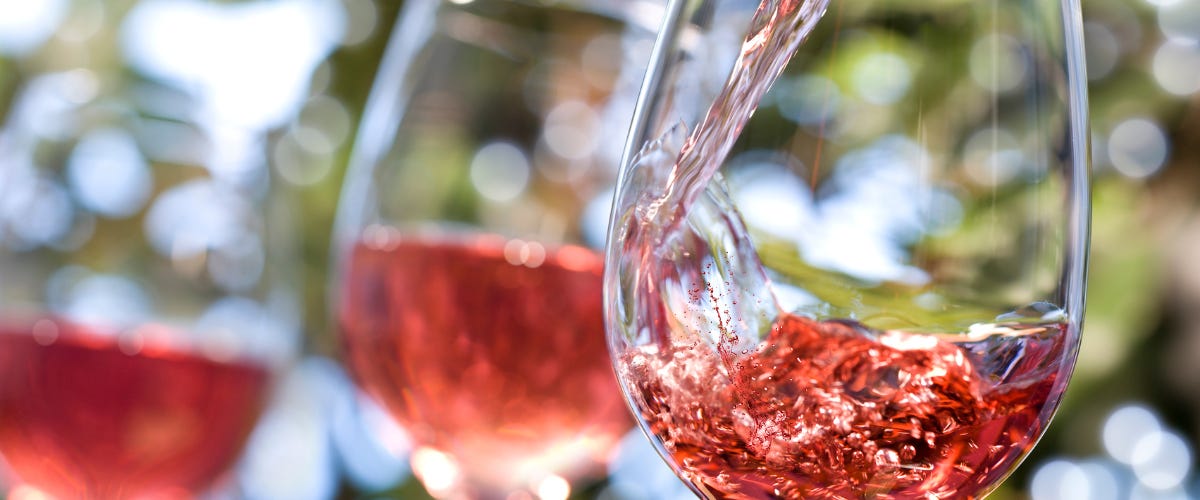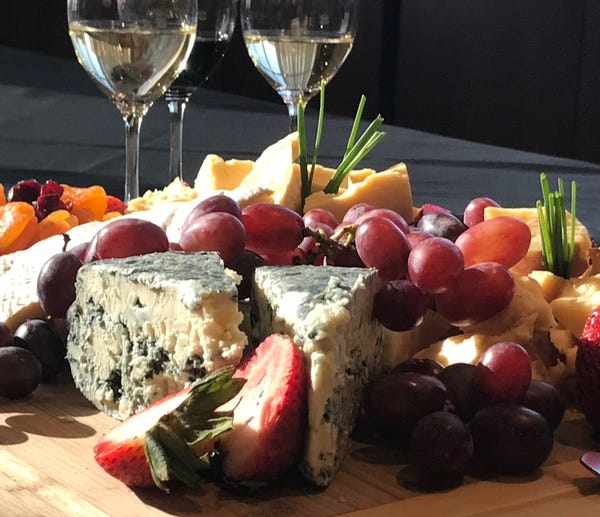I teach a wine class called Wine for Beginners. As the name would suggest, it’s a six-week intro course for fledgling enthusiasts looking for the basics on how to taste, some high-level winemaking theory, and best practices for food and wine pairing.
One topic is aging wines. Which bottles can go the distance, which can’t, and what the end results will – or should – be. We taste through a few different wines styles and discuss the merits and possibilities of each.
Of course, this prompts the students to ask if a wine we’re tasting can age. Their approval of it hinges on my answer.
Instead of giving them the yes or no they seek, I’m infuriatingly ambiguous. (I don’t mean to be, but wine is infuriatingly ambiguous. I don’t make the rules – Bacchus does.)
Instead, I ask them in return, do you even like older wine? Not everyone does, and that’s just fine.
Wines, as they age (presuming they are meant to age and have been cellared properly) take on tertiary notes. Encroaching flavours and aromas that evolve from fresh fruit to dried, sharp spice to earthy, damp soil to dust. And, like a mixing board, somewhere in the middle is the sweet spot, balancing fresh youth with the complexity of age. And of course, where in the middle is best, is up to the taster.
You can think of wine like George Clooney. Fresh and dewy in his Sexiest Man Alive youth, and complex and rich in his smoldering, crow’s feet and salt-and-pepper Sexygenarian years. Everyone has a favourite George, and some of us more than one.
In my time as a sommelier, I’ve had my share of older bottles. The decades-old Puligny-Montrachet, pouring the colour of weak tea. The long-cellared Grand Reserva Rioja, smelling of leather-bound books and antique shops. The vintage Champagne with barely-there bubbles forming a soft foam, and flavours of baked hazelnut and brown butter. Riesling, the texture of runny wax and smelling of pine trees and furniture polish.
Some I love. Some I loathe.
A Tale of Two Wines
Of course, some wines are created for immediate consumption, and simply don’t have the make-up to age well: Rosé, Pinot Grigio, Sauvignon Blanc, Spanish Crianza, and entry level Beaujolais are here for a good time, not a long time.
Other wines are intentionally made to cellar over years, and even decades. Think First Growth Bordeaux, Barolo, California Cabs with cult followings.
How a winemaker goes about creating a wine made for quick drinking versus a wine destined for the cellar are two totally different recipes. The grapes, vineyard and the even the growing year will determine longevity (or not). And the techniques that go into producing wines will differ as well: aging in oak or steel or concrete, how long a wine will be aged, as well as fermentations, lees contact, etc. etc. etc. All of these decisions are made with an eye on the future, regardless of how soon that future arrives.
What Happens When You Drink a Wine Too Soon or Cellar a Short Term Wine?
Generally, when wines are made for immediate drinking (one to three years), they’re full of bright, juicy fruit, zippy acidity, and low tannins (for red wines.) As they age, the fruit falls off leaving only past-prime flavours of stewed tomatoes, vegetable soup, or soy sauce. Or they simply fade to nothing. (And just to add a layer of confusion, this will also happen to long-term wines that have been left too long. Wine is a living, breathing thing, and nothing living and breathing lasts forever, I’m afraid.)
Wines made for long term, on the other hand, are usually unapproachable in their youth: highly tannic or the flavours have not yet come together (just like your prize-winning chilli tastes better on day two than the day it’s made.) In a few years’ time, wines begin to uncoil, to reveal depth of character with flavours of rich fruit and spice. And as these wines creep on in years, flavours of roasted nut, mushroom, earth, and incense begin to seep into the wine.
And here’s yet another nut to crack. What you like now will likely change in 20 years. I think back to my favourite meals from my 20’s, and very few stand the test of time. Even the ones that lasted – lasagna, pizza, tacos – the recipes and ingredients have evolved to reflect my changing tastes. It’s tough to predict what will tickle my fancy in my 60’s. And that means a roll of the dice for wine preferences as well.
All of these, yeah, butttt’s can make a new wine lover go a little squirrely trying to get to the bottom of it all. But once you take a gigantic sip, oh heck, just down the first glass in one swallow, you will start to see it’s kindof fun trying to figure out the mystery of a wine that can last 12 months and one that can last 12 years.
A Few Hints
This is not a complete list, by any stretch of the imagination, and there are always exceptions to any rule, but here are a few clues to wines that are perfectly acceptable to drink now, but are not going to improve with age:
Fresh, crisp white wines such as Sauvignon Blanc, Pinot Grigio and Blanc, Muscadet, Soave.
Inexpensive wines, perhaps under $20, or anything you can find on a two-for-one sale.
Wines in clear glass (darker glass is used to keep out harmful UV rays and spoiling wine)
Bag in the box wine.
Jug wines.
Wines from larger areas (as opposed to specific vineyards) they might just read “Bordeaux” or “Chianti” or “California.”
Bottles with cutesy and cartoon labels (especially if they also belong to one or more of the categories above.)
And if you find wines able to age for the mid and long terms, here’s how to store them if you don’t have a proper wine cellar or wine fridge.
Dark
Humid (about 55%-70% humidity)
Quiet and undisturbed
Cool (about 10°C-15°C)
A quiet corner in an unfinished basement is perfect, as long as it’s not next to the furnace, dryer or kids’ playroom. And should that not be an option, a closet that can be dedicated to wines will work, as long as it meets the above requirements. But if you do start to collect some nice bottles to open in the future, consider a wine fridge. They’re available in all shapes, sizes and price ranges, and will save you a lot of heart ache in the long run.
Hey – can I ask you a favour?
If you enjoy reading Quaintrelle, would you consider subscribing, and sharing this newsletter?
This newsletter is ad-free and sponsor-free, so there is no agenda other than sharing what I’ve discovered with you.
I’m really happy you’re here.
The Scandalous Truth About Wine + Cheese
I’ve been in the throes of teaching wine and food classes. Last Saturday, tonight, next Saturday… and, of course, next month’s Wine School series which will go deep on recipes, wine pairings, and party planning. I hope you will check it out. Inevitably at these tastings someone always asks about wine and cheese. I get it. I’ve long championed apéro (you …










The George Clooney explanation is sheer genius.
This is such an interesting piece! Had not at all understood about which wines would age and which would not before!